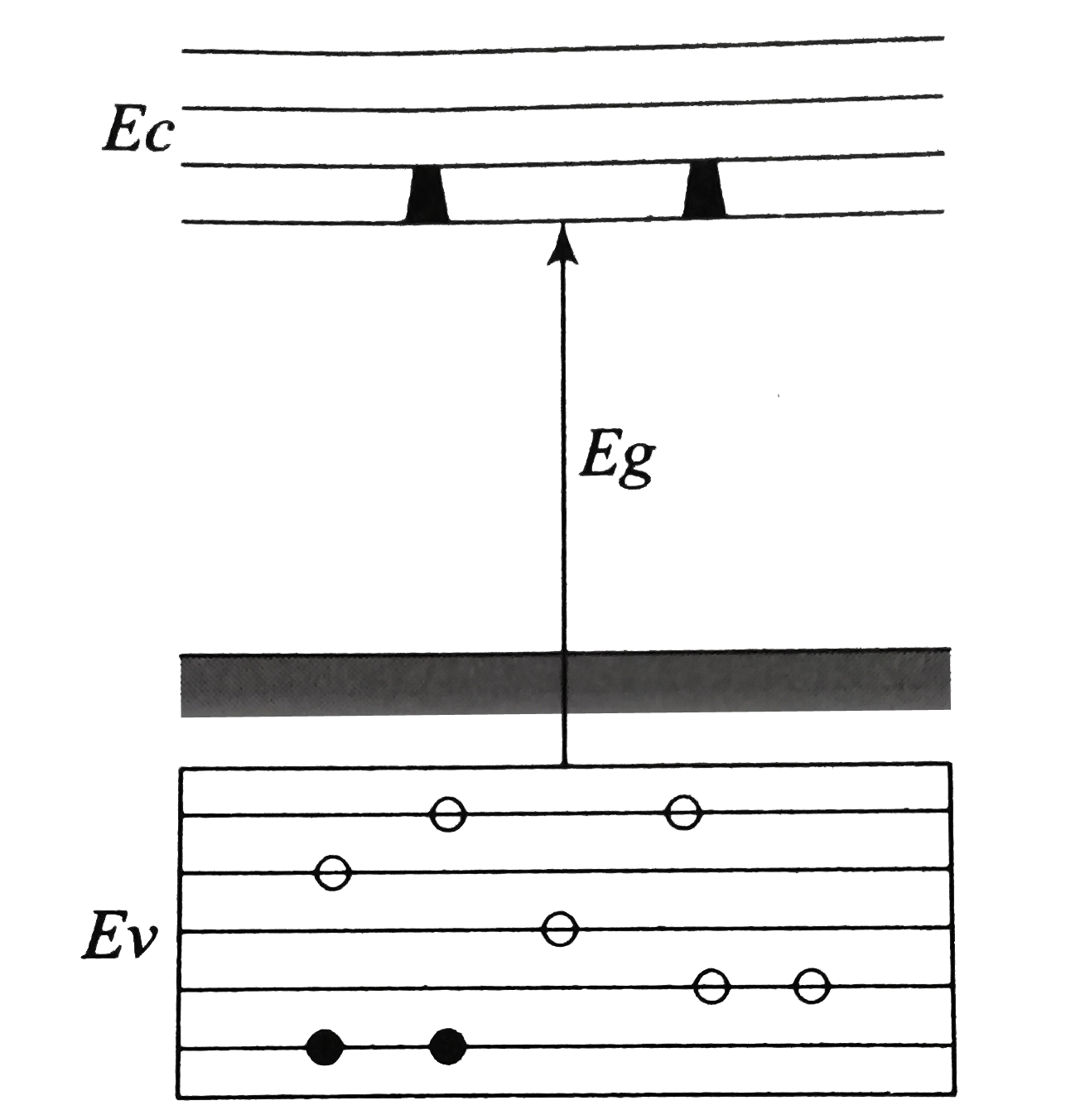Phellogen and phellem respectively denote
cork and cork cambium
cork cambium and cork
secondary cortex and cork
cork and secondary cortex
The correct Answer is:b
To answer the question regarding what Phellogen and Phellem denote, we can break it down step by step:
Step 1: Understanding the Terms
- Phellogen: This is the scientific term for cork cambium, which is a type of lateral meristem that produces cork cells.
- Phellem: This is the scientific term for cork, which is the protective tissue produced by the cork cambium.
Step 2: Identifying Their Functions
- Phellogen (Cork Cambium): The cork cambium is responsible for the production of cork cells (Phellem) towards the outside. It is involved in the secondary growth of plants and helps in forming a protective barrier.
- Phellem (Cork): The cork cells produced by the cork cambium are dead at maturity and serve as a protective layer for the plant, preventing water loss and protecting against physical damage.
Step 3: Analyzing the Options
Now, let's analyze the provided options:
1. Cork and Cork Cambium
2. Cork Cambium and Cork
3. Secondary Cortex and Cork
4. Cork and Secondary Cortex
From our understanding:
- Phellogen corresponds to cork cambium (option 2).
- Phellem corresponds to cork (option 2).
Conclusion
Thus, the correct answer is Option 2: Cork Cambium and Cork.
---
- Phellogen: This is the scientific term for cork cambium, which is a type of lateral meristem that produces cork cells.
- Phellem: This is the scientific term for cork, which is the protective tissue produced by the cork cambium.
- Phellogen (Cork Cambium): The cork cambium is responsible for the production of cork cells (Phellem) towards the outside. It is involved in the secondary growth of plants and helps in forming a protective barrier.
- Phellem (Cork): The cork cells produced by the cork cambium are dead at maturity and serve as a protective layer for the plant, preventing water loss and protecting against physical damage.
Now, let's analyze the provided options:
1. Cork and Cork Cambium
2. Cork Cambium and Cork
3. Secondary Cortex and Cork
4. Cork and Secondary Cortex
- Phellogen corresponds to cork cambium (option 2).
- Phellem corresponds to cork (option 2).
Thus, the correct answer is Option 2: Cork Cambium and Cork.
Topper's Solved these Questions
- BOOK - TRUEMEN BIOLOGY ENGLISHCHAPTER - NCERT Exemplar Questions +1 ( DIGESTION AND ABSORBTION)EXERCISE - MCQs9videos
NCERT Exemplar Questions +1 ( DIGESTION AND ABSORBTION)
- BOOK - TRUEMEN BIOLOGY ENGLISHCHAPTER - NCERT Exemplar Questions +1 (ANIMAL KINGDOM )EXERCISE - MCQs13videos
NCERT Exemplar Questions +1 (ANIMAL KINGDOM )
Similar Questions
Study the given statements carefully and give the answer.
(A)Bark is a nontechnical term that refers to all tissues exterior to the vascular cambium only
(B)Phellem, phellogen and phelloderm are collectively called pericarp.
(C)In the dicot stem vascular cambium is completely secondary in origin.
(D)In dicot stem endodermis cells are rich in starch grains and the layer is also called starch sheath.View SolutionThe range of the function f defined by f(x)=[1sin{x}] (where [.] and {.}, respectively, denote the greatest integer and the fractional part functions) is
View Solution
Knowledge Check
- Question 1 - Select One
If CpandCv denoted the specific heats of unit mass of nitrogen at constant pressure and volume respectively, then
ACp=Cv=R28BCp−Cv=R7CCp−Cv=R14DCp−Cv=R
In the energy band diagram of a material shown below, the open circles and filled circles denote holes and electrons respectively. The material is a/an
 View Solution
View SolutionIf CpandCv denoted the specific heats of unit mass of nitrogen at constant pressure and volume respectively, then
View SolutionCvandCp denote the molar specific heat capacities of a gas at constant volume and constant pressure, respectively. Then
View SolutionIf L,C and R denote the inductance, capacitance and resistance respectively, the dimensional formula for C2LR is
View SolutionCvandCp denote the molar specific heat capacities of a gas at constant volume and constant pressure, respectively. Then
View SolutionCvandCp denote the molar specific heat capacities of a gas at constant volume and constant pressure, respectively. Then
View SolutionCvandCp denote the molar specific heat capacities of a gas at constant volume and constant pressure, respectively. Then
View Solution

